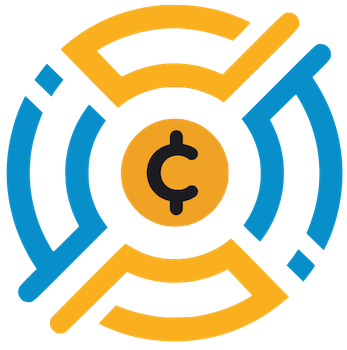Cardano (ADA) has found itself in a perilous position recently, with its price plummeting significantly—down over 21% from its late-May peak and a staggering 50% drop from its November 2024 high. This recent downturn marks a troubling trend, as the cryptocurrency descended below pivotal support levels, exposing an alarming lack of investor confidence. The digital asset spiraled down to a low of $0.65, reflecting its least favorable performance since early May. In a market that thrives on investor momentum, these figures not only reflect a loss of value; they illustrate a potential crisis of faith among its supporters.
Capitulation Among Holders: A Red Flag
The on-chain data sends clear signals that Cardano’s community is showing signs of capitulation. The number of ADA holders has contracted from a high of 4.55 million to a mere 4.49 million—a direct indicator that sentiment among investors is shifting. This decline is especially concerning when one considers that this indicator is often seen as a bellwether for overall health in investor interest. The weary attitude among smaller holders is being echoed by the actions of larger “whale” investors.
Whales—those with holdings of 100 million to 1 billion ADA—have decreased their stakes significantly, shedding over 300 million coins since April. Even those holding between 1 million and 10 million ADA tokens have pulled back their holdings from 6 billion to 5.7 billion. This flight from such sizable wallets portends bad news for ADA’s resilience in the market; if the larger investors are retreating, it must be because they foresee even darker days ahead.
Comparative Performance: A Stark Ramification
To further compound Cardano’s troubles, its performance lags against competitors in the decentralized finance (DeFi) landscape. With the total value locked (TVL) in Cardano’s ecosystem sitting at a meager $391 million, it pales in comparison to the impressive numbers of emerging competitors like Unichain. The latter boasts a TVL exceeding $702 million and has seen its decentralized exchange volume swell to over $14 billion in mere months since its launch. What began as optimism around Cardano as a viable alternative to Ethereum now seems quaint amidst these stark realities.
The expectation that Cardano’s fortunes will rebound through its integration with Bitcoin (BTC) feels more like wishful thinking than a concrete strategy. Enthusiasts highlight that BTC holders will soon benefit from staking opportunities within the Cardano framework, yet similar offerings already exist within other platforms. If Cardano hopes to reclaim its former glory, it needs a robust differentiator instead of riding coattails.
Technical Analysis: Signs of a Dismal Future
Technically, the charts paint a bleak picture for Cardano. After forming a double-top pattern at $0.839, ADA promptly stabilized below this formation’s neckline at $0.710, signaling a pronounced bearish trend. The importance of the 50-day and 200-day moving averages has not been lost on investors, as Cardano’s slip below these thresholds raises the specter of a death cross—an indicator that could ignite additional sell-offs. The market’s sentiment appears so tenuous that bears might soon target the psychologically significant $0.50 mark, representing another dip of 25% from its current standing.
Scandal and Allegations: A Heavy Cloud Over Cardano’s Reputation
Compounding these dynamics, the integrity of Cardano’s management has come under fire due to serious allegations leveled by NFT artist Masato Alexander. The claim that co-founder Charles Hoskinson misappropriated $619 million worth of ADA tokens casts a long shadow over the project. Although Hoskinson vehemently denies these accusations, such controversies can erode the trust essential for any cryptocurrency’s survival. A forthcoming audit may restore confidence or worsen the situation; either way, the stakes have never been higher for ADA’s image.
Founded by a figure already controversial in the blockchain community, Cardano now possesses the dual challenge of overcoming its financial hurdles while simultaneously dealing with allegations that threaten its trustworthiness. The road ahead seems fraught with risks that could derail its quest for redemption in a space where adaptability and reliability are paramount.
As Cardano grapples with these multifaceted issues, its community must reckon with a disconcerting reality: the price of blind optimism in a volatile market can be debilitating. The future looks bleak, and while hope is valuable, it must be paired with actionable solutions—of which Cardano currently appears to have a glaring deficit.















